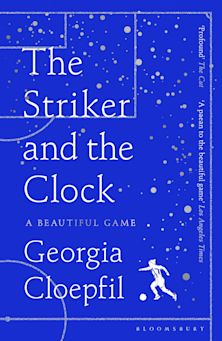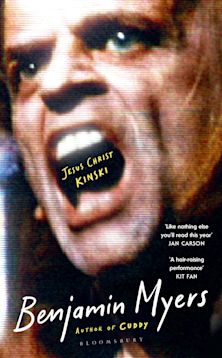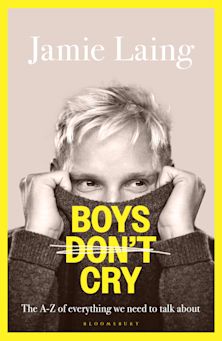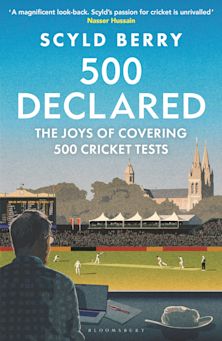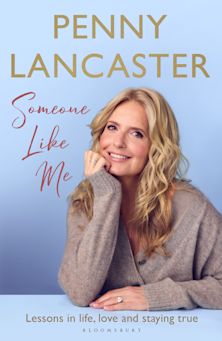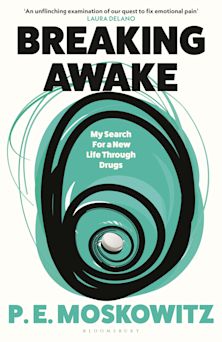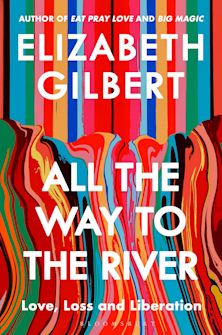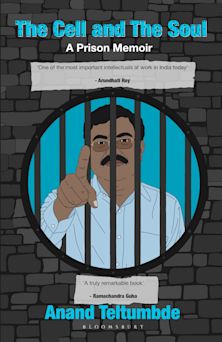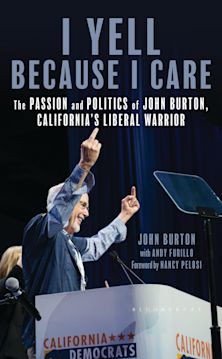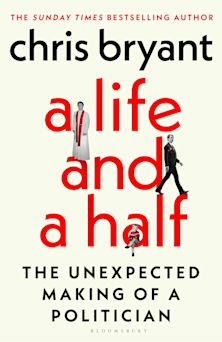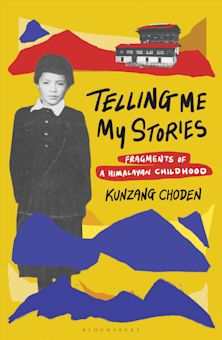- Home
- NON-FICTION
- Biography & Memoir
- Churchill
You must sign in to add this item to your wishlist. Please sign in or create an account
Description
An entirely new perspective on Churchill and his paintings told in his own words and including material never before published, edited and introduced by David Cannadine.
Across almost 50 years, Winston Churchill produced more than 500 paintings. His subjects included his family homes at Blenheim and Chartwell, evocative coastal scenes on the French Riviera, and many sun-drenched depictions of Marrakesh in Morocco, as well as still life pictures and an extraordinarily revealing self-portrait, painted during a particularly troubled time in his life. In war and peace, Churchill came to enjoy painting as his primary means of relaxation from the strain of public affairs.
In his introduction to Churchill: The Statesman as Artist, David Cannadine provides the most important account yet of Churchill's life in art, which was not just a private hobby, but also, from 1945 onwards, an essential element of his public fame. The first part of this book brings together for the first time all of Churchill's writings and speeches on art, not only 'Painting as a Pastime', but his addresses to the Royal Academy, his reviews of two of the Academy's summer exhibitions, and an important speech he delivered about art and freedom in 1937.
The second part of the book provides previously uncollected critical accounts of his work by some of Churchill's contemporaries: Augustus John's hitherto unpublished introduction to the Royal Academy exhibition of Churchill's paintings in 1959, and essays and reviews by Churchill's acquaintances Sir John Rothenstein, Professor Thomas Bodkin and the art critic Eric Newton.
The book is lavishly illustrated with reproductions of many of Churchill's paintings, some of them appearing for the first time. Here is Churchill the artist more fully revealed than ever before.
Table of Contents
Preface
Introduction by David Cannadine
PART ONE: CHURCHILL ON ART
1 'Not a Very Amiable Topic' (1912)
2 'The Naval Greatness of Britain' (1913)
3 'Art in All Its Forms' (1919)
4 'Art and Politics' (1927
5 Political Painters (1932)
6 'The Academy Reveals Britain's Brave Gaiety' (1932)
7 'This Year's Royal Academy is Exhilarating' (1934)
8 'Sea Power' in Art (1937)
9 'We Ought Indeed to Cherish the Arts' (1938)
10 Painting as a Pastime (1948)
11 'Between Tradition and Innovation' (1953)
12 'A New Elevation of the Mind' (1954)
PART TWO: ON CHURCHILL'S ART
1 'Painting a Picture is Like Fighting a Battle' (1950), Eric Newton
2 'Unity, Vitality, Infinity and Repose' (1953), Thomas Bodkin
3 'Gay, Brilliantly Coloured Canvasses' (1954), John Rothenstein
4 'Long May He Thrive!' (1959), Augustus John
5 'A Recognisable Individuality' (1959), Thomas Bodkin
6 'A Great Presiding Presence' (1970), John Rothenstein
Acknowledgements
Index of Names
Product details
| Published | 06 Sep 2018 |
|---|---|
| Format | Ebook (Epub & Mobi) |
| Edition | 1st |
| Extent | 192 |
| ISBN | 9781472945228 |
| Imprint | Bloomsbury Continuum |
| Illustrations | 2x 8pp colour plate sections and 1x 8pp b+w plate sections |
| Publisher | Bloomsbury Publishing |
About the contributors
Reviews
-
Masterly and comprehensive ... Professor Cannadine establishes the links between the guiding intelligence of the statesman and that of the painter so convincingly that it leaves me wondering whether any other aspirant for high public office who doesn't have either a love, knowledge or deep respect for art, should seriously consider limiting the extent of their ambition.
Christopher Le Brun, Artist and President of the Royal Academy
-
Winston Churchill saw the world with an artist's eyes. David Cannadine's eloquent introduction, and the sources he has chosen to cite, illuminate the interplay between art, words and politics that shaped this most fascinating individual.
Allen Packwood, Director, Churchill Archives Centre, Cambridge
-
This immensely uplifting and beautifully produced book covers every aspect of Churchill as an artist, and what painting meant to him. What started as therapy soon turned into a lifelong pleasure for Churchill, and David Cannadine brilliantly shows how one can't really understand Churchill without appreciating this vital part of his life.
Professor Andrew Roberts
-
David Cannadine brings wit, verve and insight into this fascinating theme of the brushwork, wordpower and artistry of a man who lived on the very widest canvas.
Lord Peter Hennessy, Attlee Professor of Contemporary British History, Queen Mary University London
-
Deeply insightful and always lively, Churchill historian David Cannadine now turns his beady eye to Churchill as painter. The great politician emerges both further enhanced, and more human, as we understand how painting helped banish his black dog and gave his life outside politics meaning and value.
Dame Fiona Reynolds, Master of Emmanuel College, Cambridge, former Director-General of the National Trust
-
Elegant and erudite
Literary Review













